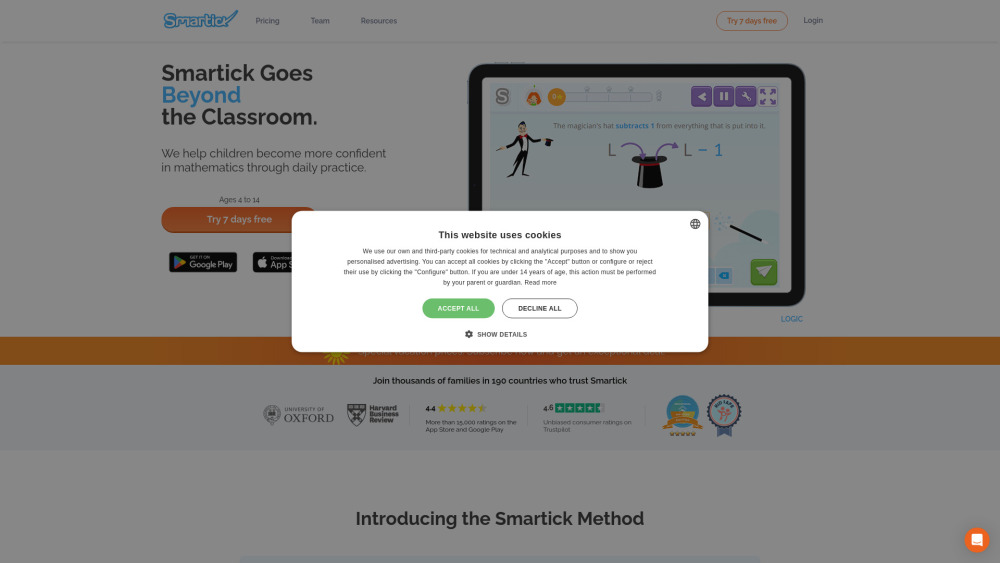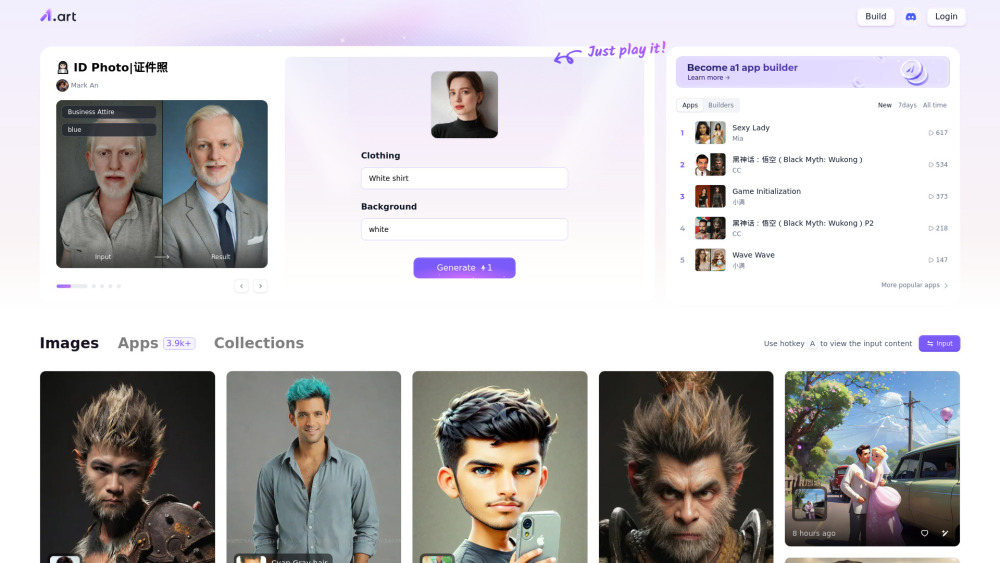Eric Boyd, Microsoft’s AI platform executive, revealed in a recent interview that the company plans to expand its AI service to include more large language models (LLMs) beyond OpenAI in response to customer demand for greater choice.
In this exclusive video interview, Boyd discussed enterprise readiness for AI adoption and the demand for varied LLM options. His comments followed Amazon AWS CEO Adam Selipsky's recent suggestion that companies prefer cloud providers not tied to a single model source.
When asked about the potential inclusion of models beyond OpenAI, possibly through partnerships with companies like Anthropic, Boyd hinted, “There’s always things coming. Stay tuned to this space; we’ve got some things cooking.”
Currently, Microsoft has integrated OpenAI’s models into products like Bing, GitHub Copilot, and Office coPilots. It also allows customers to leverage other models via Azure Machine Learning, including open-source options from Hugging Face. While closed-source models like OpenAI's offer rapid deployment due to extensive support, Amazon is promoting its diverse partnerships, including a collaboration with Anthropic and offerings from Stability AI, Cohere, and AI21.
In the interview, Boyd confidently stated that Microsoft would remain competitive regarding model choices. He emphasized the safety and effectiveness of their generative AI applications while pointing out that enterprises focused on specific use cases, like text generation, tend to innovate faster.
Here’s a condensed transcript of the conversation:
Matt: Given your extensive offerings and investments, do you see a readiness issue with AI among companies?
Eric: We're witnessing a strong uptake of generative AI across various industries, with over 18,000 customers engaged. Companies that target specific use cases see the fastest adoption.
Matt: How is OpenAI’s recent leadership turmoil affecting enterprise willingness to adopt your solutions?
Eric: Our long-standing partnership with OpenAI remains strong. We continue to provide diverse model options, including open-source systems like Llama 2, alongside OpenAI’s frontier models. Our focus is to ensure companies have the tools needed to rapidly develop applications.
Matt: What factors contribute to an enterprise’s readiness for generative AI solutions?
Eric: Success correlates with a clear problem to solve, particularly in areas where models excel—content creation, summarization, code generation, and semantic search. We guide companies to use AI tools effectively.
Matt: How do Microsoft’s AI solutions distinguish themselves from competitors?
Eric: We’ve led the market with GPT-4 and practical applications for over a year. Our extensive product ecosystem, including Azure AI Studio, allows customers to create applications effectively while adhering to responsible AI principles.
Matt: How does Microsoft ensure the safety and governance of its AI models?
Eric: We collaborate closely with OpenAI and other partners, ensuring regulatory compliance and robust data management through Azure. Our commitment to responsible AI enables customers to trust in our governance frameworks.
Matt: Do you foresee introducing more models from various providers soon?
Eric: Absolutely. We’re exploring multiple partnerships and have exciting developments on the horizon.
Matt: Addressing AI's tendency for hallucination is crucial. How is Microsoft tackling this?
Eric: We’re refining techniques for model fine-tuning and user prompting to enhance accuracy, fostering best practices just as one would correct misunderstandings in conversation.
Matt: Interpretability in AI models remains a hot topic. What progress is being made?
Eric: While it’s an ongoing research area, we’re using responsible AI tools to improve understanding of model outputs. Scaling these methods for more complex models will continue to evolve.
Matt: With growing debate about open-source versus closed-source models, where does Microsoft stand?
Eric: We actively contribute to both realms, working with OpenAI while also developing and supporting open-source models. Both pathways are essential for AI’s growth.
Matt: Microsoft emphasizes transparency in governance. Will current cautions regarding AI use remain?
Eric: As users become more familiar with AI capabilities, we’ll adjust guidance to ensure applications are used beneficially. Our commitment to responsible AI remains steadfast.
Matt: How does Microsoft assist companies in establishing governance amidst a multitude of AI products?
Eric: We collaborate with various industries, ensuring a consistent set of standards across our offerings. Customers receive the assurances needed to integrate these tools into their operations confidently.
Matt: Any exemplary companies setting the bar for AI governance?
Eric: We partner with diverse sectors, learning and adapting governance frameworks that align with their unique regulatory requirements.
Matt: Leveraging Microsoft’s extensive user base and experience, what insights have emerged regarding user navigation in AI tools?
Eric: There’s a learning curve for users adopting co-pilots across products. Our design focus is ensuring that users can efficiently utilize these capabilities to enhance productivity.
Matt: Is there potential for improved reasoning in models through Microsoft and OpenAI’s collaboration?
Eric: We're committed to broadening reasoning capabilities in future models, integrating multimodal inputs, and exploring new research avenues to advance this technology.
Matt: Thank you for your insights, Eric. I look forward to following Microsoft's journey in this dynamic field.
Eric: Thank you! I appreciate the opportunity to share.
For more insights and developments in AI, stay tuned to our updates.




